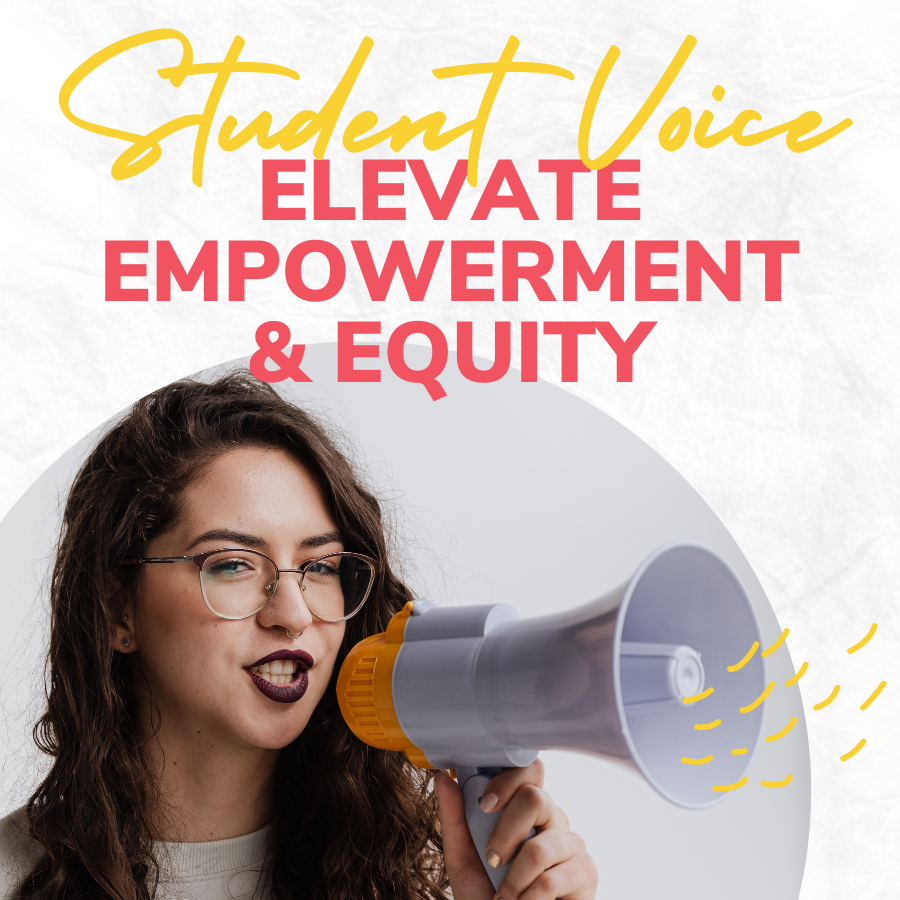Structures that Elevate Student Voice in Equitable Ways: Empowering Students While They Develop Life Skills

Carmen Gelman, Director of Professional Learning at COSA, is all about student voice and equity. She joined Portico for a Crowdsource on December 15, 2022, to share about her experiences leading three high schools across two states. It’s clear that student voice and equity were the driving forces behind her impressive leadership and student outcomes at each of these schools. She shows us how empowering students is a key strategy for helping students develop invaluable life skills that are often lacking in traditional curricula and top-down learning environments. Her stories highlight that including students in decision-making throughout the education system creates inclusive school communities students actually want to be a part of and educators want to bring their best to. Because often, students know what’s best for themselves, and what’s best for students, is best for everyone.
Use Another Word: Springfield High School
During her first admin position at Springfield High School, Carmen relied on student voice to make key decisions, and students had input at every level. The Use Another Word campaign was created by students as part of the effort to make all students welcome. By listening to students and empowering them to shape their learning community, Springfield was able to effectively, responsibly, and compassionately address difficult – yet important – concerns and conversations regarding diversity, inclusion, and empathy.
Principal’s Advisory Council: Valley High School
Carmen worked with Valley High School while partnered with Inflexion/Portico to develop a PBIS system and create a common language around shared expectations and identity. Input from students was crucial at each step of developing the expectations and creating equitable structures to maximize student voice in decision-making. Carmen shares how she set up structures and student advisory committees (AKA Principal’s Advisory Council) that truly represent all student groups, and how she used these structures to make leadership decisions.
Grading Practices: Milwaukie High School/Milwaukie Academy of the Arts
Carmen shares about her last principalship and how by establishing a school culture that empowers student voices, not only do students want to attend school because they feel valued and seen (they were the only school in the area to increase enrollment over a two-year period – which had also occurred during her tenure at Springfield HS), but they can help educational structures and practices become more equitable. At Milwaukie, the main concern that students wanted to be addressed (again, through the Principal’s Advisory Council, but also at large) was the unclear and inconsistent grading system that left them feeling uncertain of the expectations as well as their learning progress. Through this process, it became clear that students were deeply invested in their learning, and needed teacher input that was clear, consistent, meaningful, and above all, equitable.











Responses